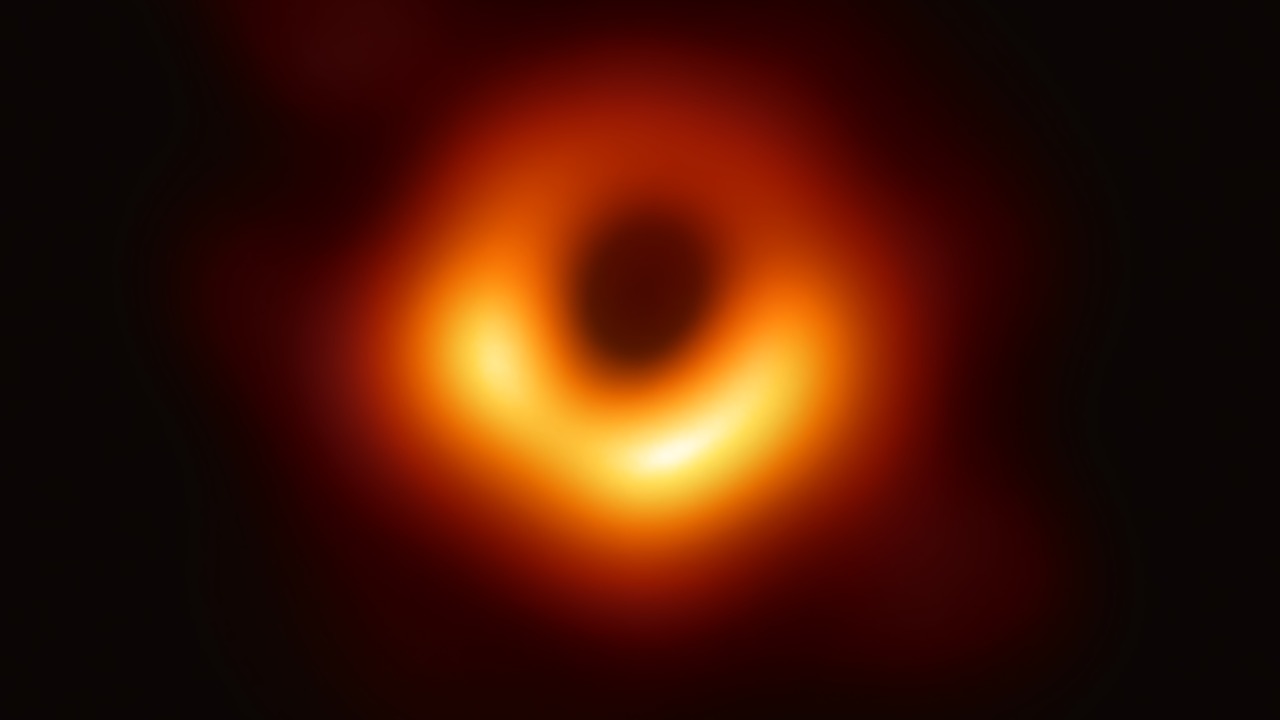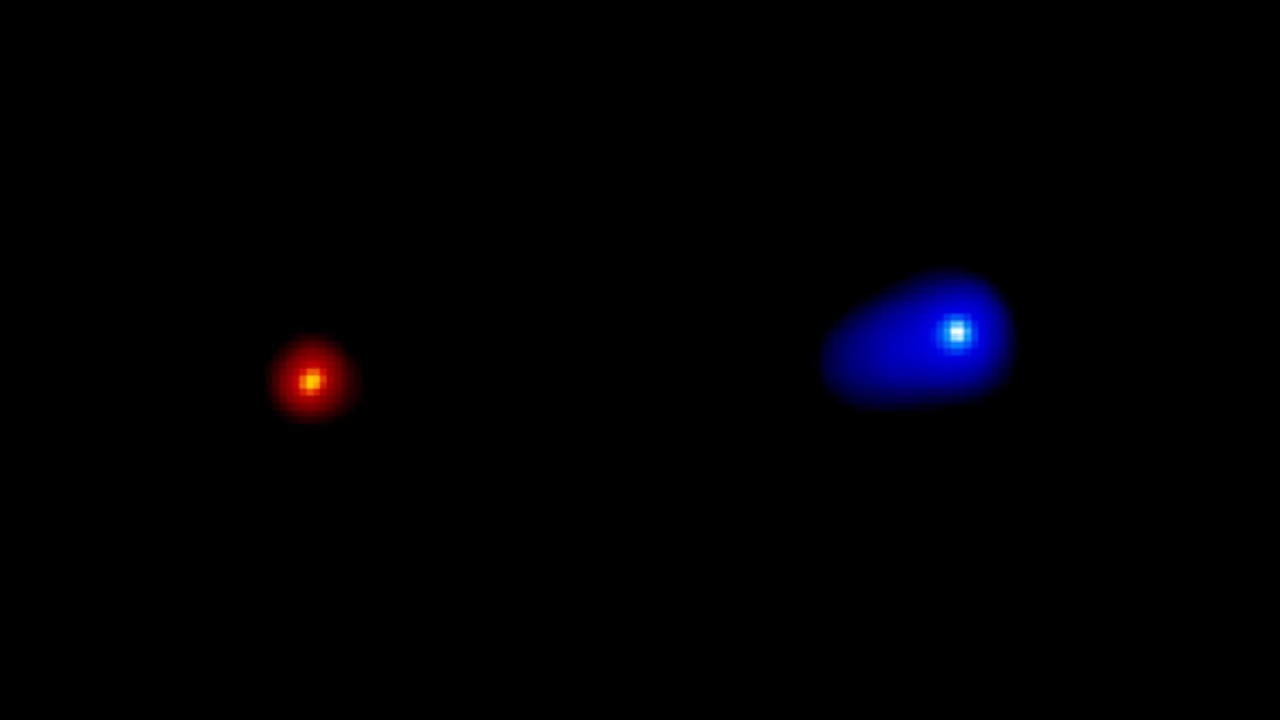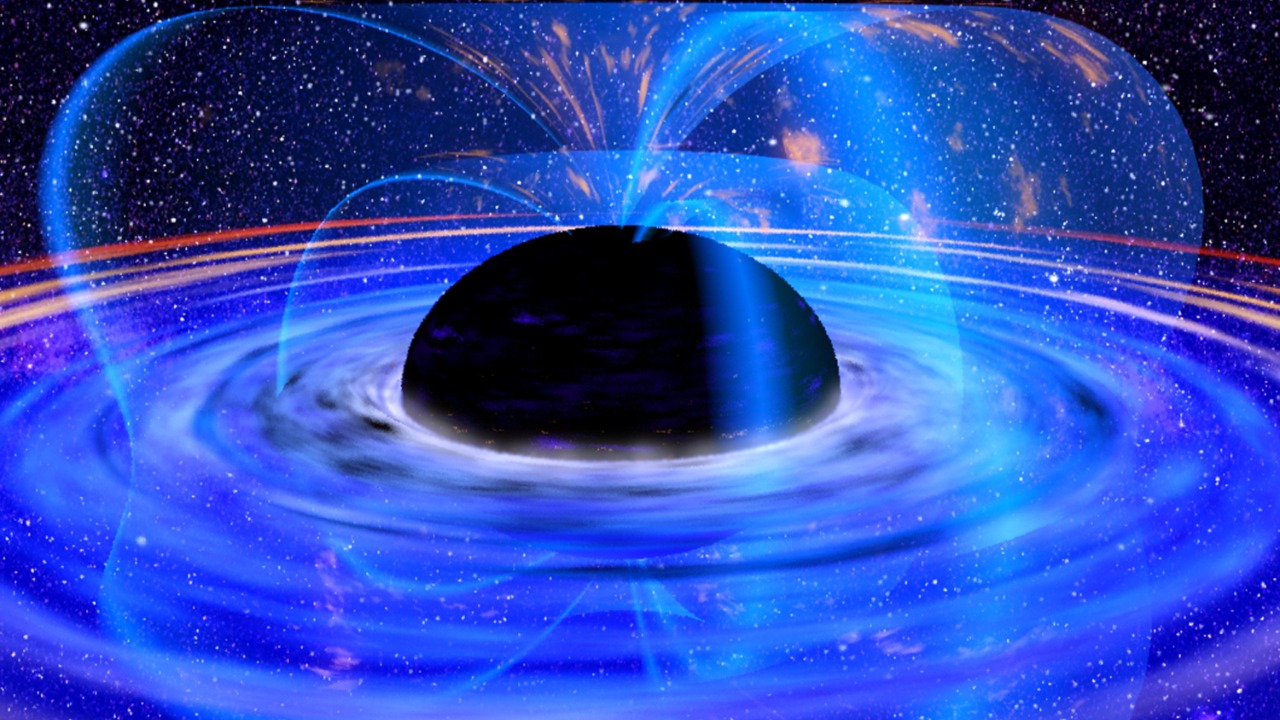
Scientists recently discovered a peculiar rhythmic signal emanating from a black hole, drawing comparisons to a “heartbeat.” This finding sheds light on the dynamic and mysterious nature of black holes, offering new insights into their behavior and the universe’s fundamental forces.
The Discovery of the Black Hole ‘Heartbeat’

The detection of this intriguing heartbeat was made possible through the use of advanced astronomical instruments. Scientists utilized a combination of ground-based telescopes and space observatories, including NASA’s Rossi X-ray Timing Explorer (RXTE). These tools enabled the identification of a periodic signal, a feat that required careful calibration and precise observation techniques. The rhythmic nature of the signal, reminiscent of a heartbeat, immediately captured the attention of astrophysicists worldwide.
The significance of this discovery cannot be overstated. The rhythmic signal provides a new perspective on the internal dynamics of black holes, which have long been considered enigmatic cosmic phenomena. This finding is groundbreaking, as it may help scientists better understand the complex processes occurring near a black hole’s event horizon. This discovery offers a new piece of the puzzle in the ever-evolving study of black holes, encouraging researchers to delve deeper into these celestial enigmas.
When compared to previous discoveries, this detection stands out due to its unique characteristics. Unlike other notable observations, such as gravitational waves or X-ray emissions, the heartbeat signal offers a different type of data for analysis. This discovery builds on prior knowledge while offering fresh insights, thus paving the way for new theoretical models and research avenues in black hole studies.
Understanding Black Hole Rhythms

The science behind the heartbeat phenomenon is both fascinating and complex. Theories suggest that the rhythmic signals could be produced by the interaction between a black hole and its accretion disk. As matter spirals into the black hole, it heats up and emits radiation, which may create periodic signals detectable from Earth. This process might explain the heartbeat-like pattern, offering a glimpse into the dynamic environment surrounding a black hole.
The discovery holds significant implications for astrophysics. It challenges existing models and theories, prompting scientists to reconsider their understanding of black hole behavior. The rhythmic signals could lead to the development of new theoretical frameworks, improving our comprehension of cosmic phenomena. As researchers continue to analyze the heartbeat, they may uncover additional insights into the fundamental forces that govern the universe, potentially reshaping the field of astrophysics.
Exploring the potential sources of the signal is an ongoing endeavor. Various hypotheses have emerged, including the possibility of interactions between the black hole and nearby celestial bodies or the presence of magnetic fields influencing the accretion process. Each theory offers a unique perspective, encouraging further investigation and experimentation. As scientists continue to study the heartbeat, they hope to uncover the true origins of this captivating signal.
Technological Tools and Methods

The detection of the black hole heartbeat was made possible through the use of sophisticated technological tools. Instruments like NASA’s RXTE played a crucial role in capturing the data needed for analysis. These telescopes and satellites are equipped with advanced sensors capable of detecting faint signals from distant cosmic sources. The precision of these instruments is vital for identifying and studying such elusive phenomena.
Data analysis techniques also played a critical role in confirming the presence of the heartbeat. Researchers employed advanced algorithms and computational models to interpret the data collected from the observatories. By analyzing the periodicity and intensity of the signals, scientists were able to distinguish the heartbeat from background noise. This meticulous process requires a deep understanding of both the technology and the underlying physics, highlighting the expertise needed to make such groundbreaking discoveries.
Despite the advanced tools at their disposal, scientists face numerous challenges in detecting distant and faint signals. The vast distances involved mean that signals reaching Earth are often weak and susceptible to interference. Additionally, the complexity of black holes themselves adds another layer of difficulty, as their unpredictable behavior can complicate data interpretation. Overcoming these obstacles requires innovation and collaboration, with researchers continuously refining their methods to improve detection capabilities.
Broader Implications for Space Research

The discovery of the black hole heartbeat has profound implications for space research. It represents a significant advancement in our understanding of black holes, offering new avenues for exploration and study. This finding challenges existing paradigms and encourages the scientific community to reevaluate their approaches to black hole research. As new data emerges, the potential for groundbreaking discoveries increases, driving the field forward.
Beyond black holes, the discovery could influence other areas of astronomical research. The techniques and tools developed for this study may be applied to the investigation of other cosmic phenomena, such as neutron stars or supernovae. By enhancing our ability to detect and analyze faint signals, scientists can expand their understanding of the universe and its myriad complexities. This interdisciplinary approach fosters collaboration and innovation, benefiting the broader scientific community.
Looking to the future, upcoming missions and research endeavors may build on this discovery. Projects like the James Webb Space Telescope and other planned observatories promise to provide even more detailed observations of black holes and other celestial bodies. As technology continues to advance, the potential for new insights and discoveries grows, offering exciting prospects for the next generation of astrophysicists and astronomers.
Public and Scientific Community Reactions

The scientific community has responded with enthusiasm to the discovery of the black hole heartbeat. Researchers and experts have praised the findings, recognizing the potential to significantly advance our understanding of black holes. The discovery has sparked lively discussions and debates, as scientists explore its implications and potential applications. This collaborative spirit is essential for driving progress and innovation within the field of space research.
In addition to the scientific community, the discovery has captured the public’s imagination and media attention. Articles and reports, such as those from CNN, have highlighted the captivating nature of the heartbeat signal, drawing interest from space enthusiasts and casual observers alike. This widespread coverage has helped raise awareness of the importance of space research, fostering a greater appreciation for the wonders of the universe.
The discovery also presents educational opportunities, inspiring a new generation of students and researchers. As interest in space science grows, educational institutions have the chance to engage with students and the public, promoting learning and exploration. Initiatives such as public lectures, workshops, and outreach programs can help demystify complex concepts and encourage curiosity about the cosmos. By nurturing this interest, the scientific community can ensure a bright future for space research and exploration.